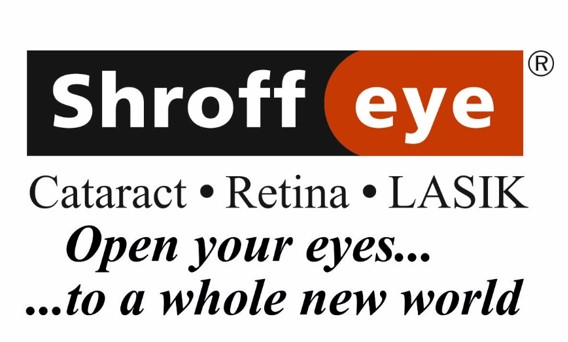Shroff Eye Hospital is India's First Eye Hospital accredited by the Joint Commission International (USA) since 2006. Shroff Eye is also India's first and only Wavelight Concerto 500 Hz LASIK center. Shroff Eye has stood for excellence in eye care since 1919. A firm commitment to quality is at the heart of all services provided at our centers at Bandra(W) and Marine Drive, Mumbai.
Laser is a high-energy beam of light, which is aimed at precise areas of the eye. You will have the procedure done as an out-patient (no admission required).
The different laser treatments are as follows:
- LASIK or Laser Eye Surgery
- Argon Laser or Retinal Laser Photocoagulation
- YAG Laser
- YAG Iridotomy
LASIK or Laser Eye Surgery is done with an Excimer Laser
This is done to get freedom from spectacles or contact lenses and hence corrects conditions such as Myopia, Hyperopia and Astigmatism.
Argon Laser or Retinal Laser Photocoagulation
This is used to treat abnormal blood vessels in the retina and can cause them to shrink and disappear. It also reduces the risk of bleeding and retinal detachment. Macular conditions can also be treated.
YAG Laser Capsulotomy
During cataract surgery, a plastic lens is placed in the eye to replace the natural lens. Sometimes, the transparent membrane against which the new lens is placed becomes cloudy and the vision in your eye deteriorates. The laser is used to clear the membrane, which will restore the vision. You may have drops to dilate the pupil before the treatment commences. The risk associated with this treatment is that the pressure in your eye may rise following the procedure. You will be checked for this and given treatment if necessary before you leave the department.
YAG Laser Iridotomy
This is done to prevent a sudden rise of pressure within the eye, which is known as acute glaucoma. The laser makes a series of tiny holes in the iris, which is the coloured part of the eye. The holes create a new passage for the fluid inside the eye to pass through. This helps to control the pressure inside the eye. It is quite common for both eyes to be treated. There is a small risk that the holes will close up and the procedure will then need to be repeated. The other risk is that the pressure in the eye could rise immediately following the procedure. You will be checked for this and given treatment if necessary before you leave the department.






